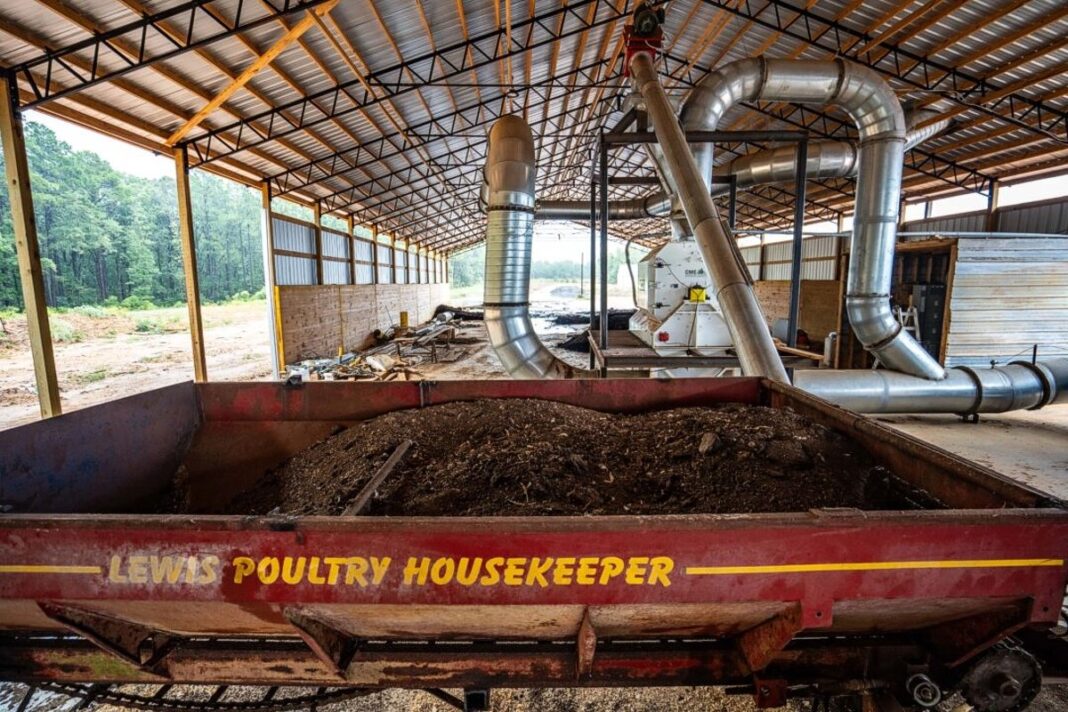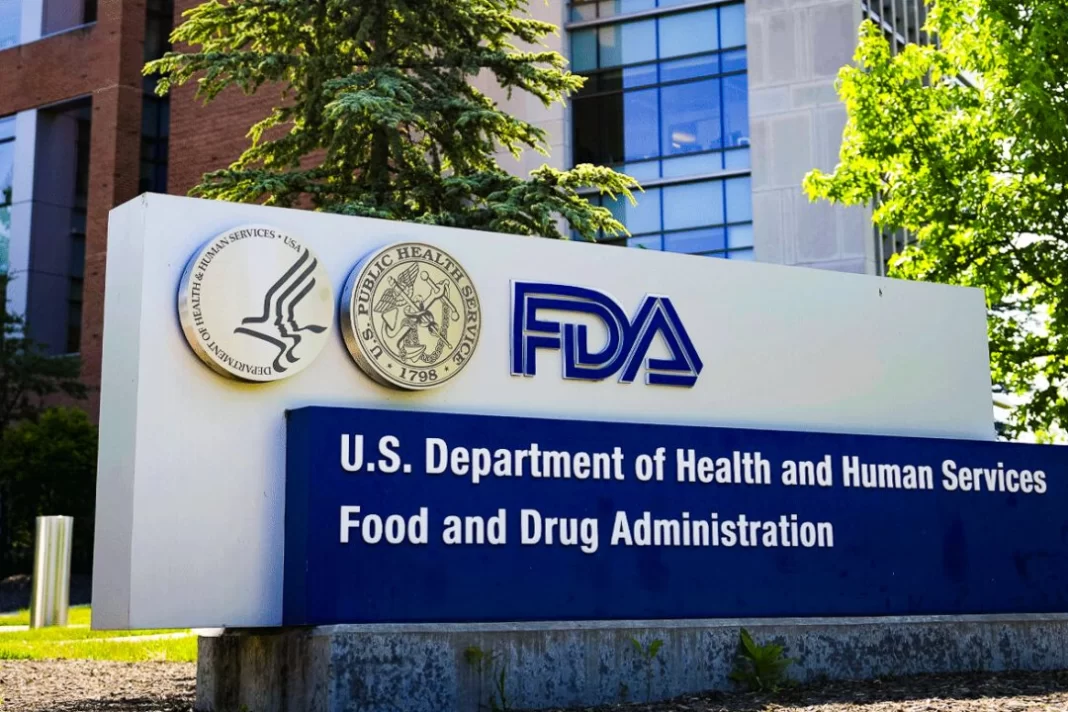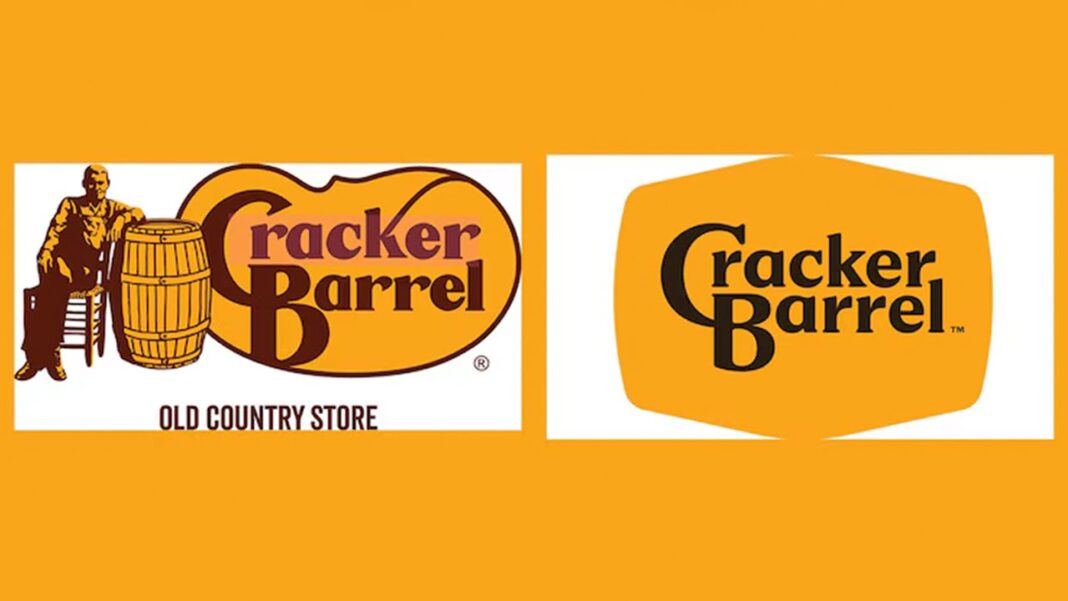Lafayette County has an abundance of ‘litter’—a fertilizer mix of chicken products, straw, and more—that has potential as an energy source.
STAMPS, Ark.—In addition to a massive lithium deposit, Lafayette County has an abundance of “litter”—a fertilizer mix of chicken feces, urine, feathers, wood shavings, feed hulls, and straw.
“Everything that glitters is not gold,” Clark said, but there’s a new shine on this old paydirt, and local poultry producers have lots of litter to be sold.
Ample Supply
Adam Rogers just completed construction of two 60-by-240-foot buildings near Stamps that house storage bays, dryers, a computer room, and two pelletizers to churn “chicken litter” into pellets.
“We haven’t got off the ground yet,” he told The Epoch Times in late September. “We got it going and got samples in labs. But you know how that process is. When you send a sample to a lab, don’t expect to hear back for a month or two.”
Rogers, 31, hopes to employ 10 to 12 workers at A&E Pellet Mills, but, for now, it’s just him, friend Jacob Leigh, and Edwin Rogers, his father and co-partner in the $4 million venture.
“I come from a farming family,” he said, with his father owning “nine chicken houses and cows” while running a “litter-spraying business.”
“I was in a fertilizer truck when I was 10. I’ve bought and sold fertilizer for years,” said Rogers, a fertilizer broker. “I had my son in a car-seat in a fertilizer truck.”
Turning chicken litter into quarter-inch, slow-release pellets will make the organic fertilizer easier to transport and use—and certainly less odorous—than spraying it, he said, and will “keep it from spreading” into waterways where its nitrogen spurs aquatic plant growth that strangles streams.
A&E Pellet Mills is not a unique business. Others, such as Oakley and Missouri Pellets, sell chicken pellets in the state, the nation’s third-largest poultry producer with more than 6,500 farms annually supplying more than 1 billion broilers and 4 billion eggs that, according to the Arkansas Farm Bureau, generated $6.7 billion in cash receipts and $35 billion in economic activity, and employed 175,000 people in 2023.
There’s no shortage of litter for the plant, which Rogers said can produce 8 tons of pellets an hour, a truckload every three hours.
Now it’s a matter of developing demand with the ultimate aim to get into the retail “bag market” rather than sell “by the ton,” he said, a prospect that will be boosted if lab results confirm consistency.
Bigger Mission
Rogers is exploring other waste-to-wealth options, including the potential that litter pellets could be a renewable energy source, noting three North Carolina power plants “run 100 percent on raw chicken litter.”
The Carolina Poultry Power Plant Project, established by the NC Clean Energy Technology Center, supports chicken manure-to-energy projects that award utilities a tax credit for using poultry waste to generate electricity.
“I think we’re going to see a lot more animal waste-to-energy” innovation, Rogers said, but it’s uncertain if chicken litter pellets can generate the heat that cow, swine, and poultry manure processed in anaerobic digesters do.
But he and Leigh are tweaking their pellets for higher-content combustibles to emit more heat for a longer time to see if they can work like wood pellets do in wood-burning heaters.
“People don’t buy pellet heaters and run sawdust in those things,” Rogers said. “Pellets burn longer, have lower ash content,” and if they can work for wood, they can work for litter.
Whether for fertilizer, electricity, or heat, being a pellet business owner will give him the flexibility to serve “the boss at my other job,” he said.
Rogers is the pastor at Liberty Baptist Church in Stamps. His higher mission amid the “lithium boom” is to draw more young people, more families to Lafayette County, where nearly one-third of residents are at least 60.
“I do a lot of funerals here in town,” Rogers said. He wants to do more baptisms, more weddings.
A&E Pellet Mills “is one of our hidden gems,” Clark said. “I have faith it’s going to take off.”
By John Haughey








